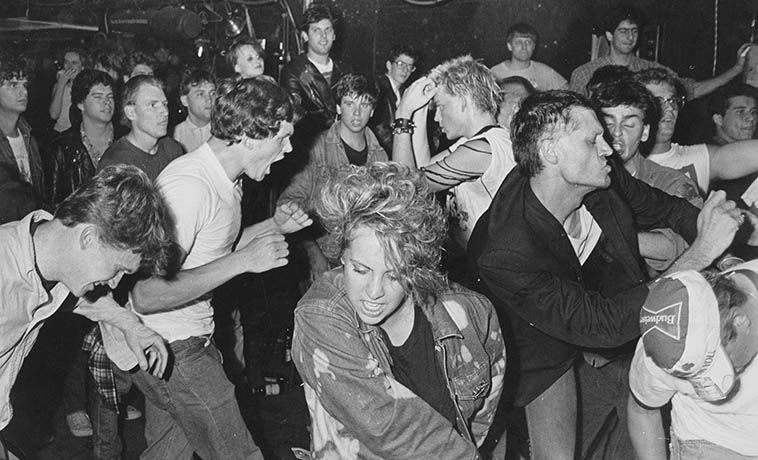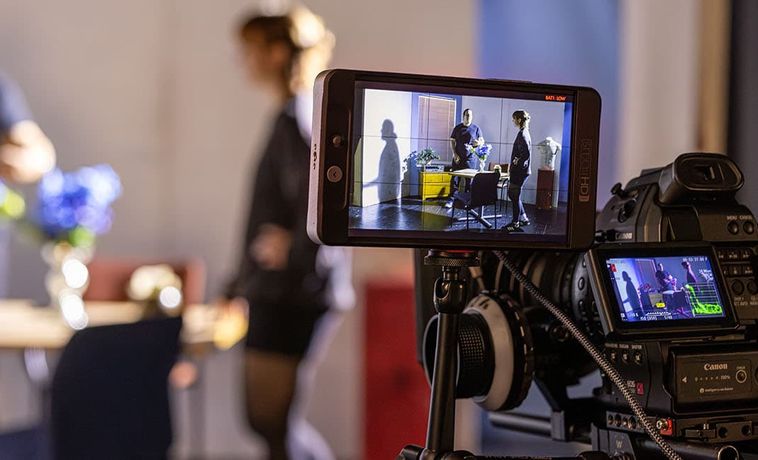Remembering the televised war
Ten years after the U.S. invaded Iraq we are seeing a number of media outlets reflecting on the invasion, the backstory, and the damage to human lives. Where is the reflection on the media’s role, though? Judith Miller’s name pops up every now and then. The New York Times should have been the level headed one, the story goes, so we need to wag our finger at that institution. Has everyone forgotten the spectacle that CNN and Fox News staged for viewers? Do these outlets get a pass for not just beating the drums of war, but for constructing a drum set Neil Peart would be proud of and then playing a recklessly exaggerated solo? (No offense to the genius of Mr. Peart.)
When I began work on Ugly War Pretty Package, I was new to the study of news as television. Students of film and television studies are steered toward many approaches and many texts, but rarely are they encouraged to deconstruct television news as a television genre. It was important to me that we stop romanticizing the Cronkite days and start recognizing what the genre had become. Genres on television are not fixed; they are quite dynamic. Once we begin to read television news as a television program, we can see how it functions like many of its siblings.
News + Cable TV = Shock and Awe
Twenty-four hour cable news is hardly a sibling of broadcast news, though. It is more like a cousin who rarely visits her kin. Because of two major components—time and tier—CNN and Fox News could play with information, narrative, and promotion in ways that a 30-minute broadcast news program could not. Add an aggressively outlandish style to the mix (that owes to local news sensibilities), and we were presented with an aestheticization of war so highly constructed that it seemed to have sprung from a high-concept Hollywood film. But it didn’t. It was, in fact, high-concept war coverage. From its characters, narrative, and genre to its sound effects, visual effects, marketing and merchandising, the invasion of Iraq as seen on TV revealed the shortcomings of both time and tier when ratings and ideology are factors.
To call the war coverage a television program is not meant as a pejorative. The term is meant to offer another approach to understanding news. It’s not just about journalism, and it’s not just about effects on viewers. It’s about what happens when the demands of the commercial television industry coalesce with the politics of war.
Deborah L. Jaramillo is assistant professor of Television Studies at Boston University’s College of Communication and author of Ugly War Pretty Package: How CNN and Fox News made the Invasion of Iraq ‘High Concept’ (Indiana University Press, 2009). Listen to a Communication Research Center interview with Dr. Jaramillo here.




